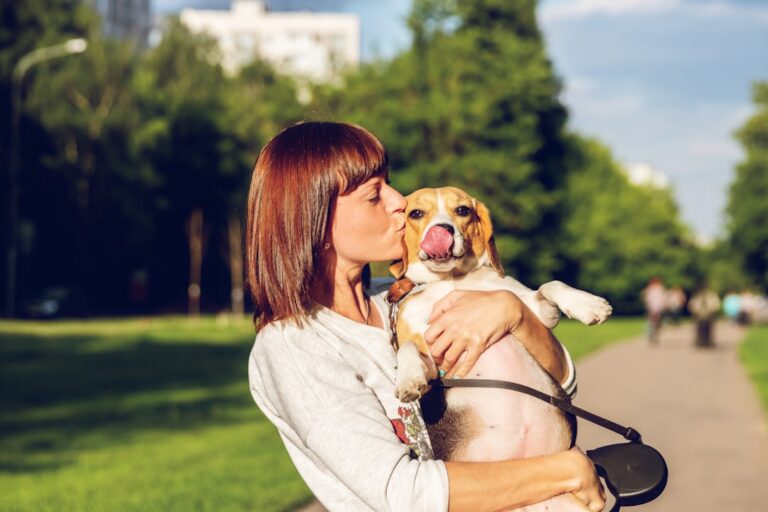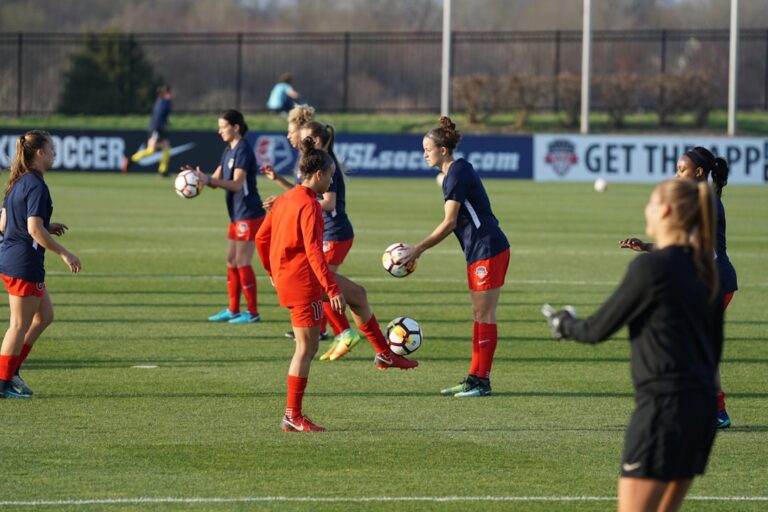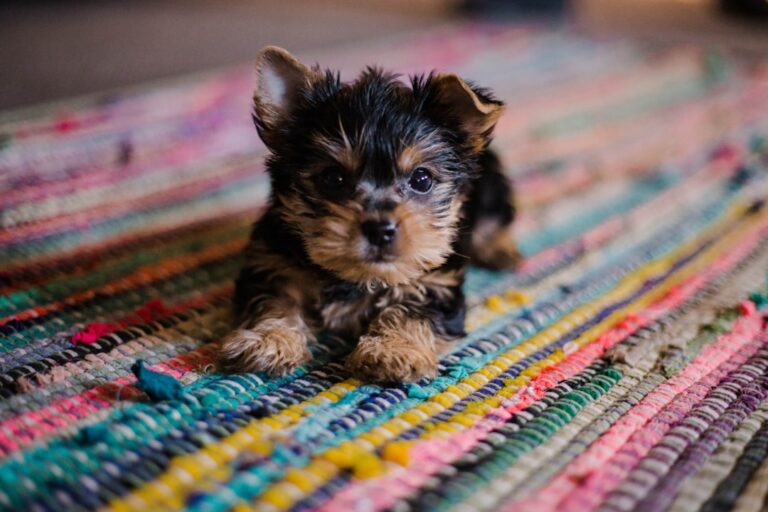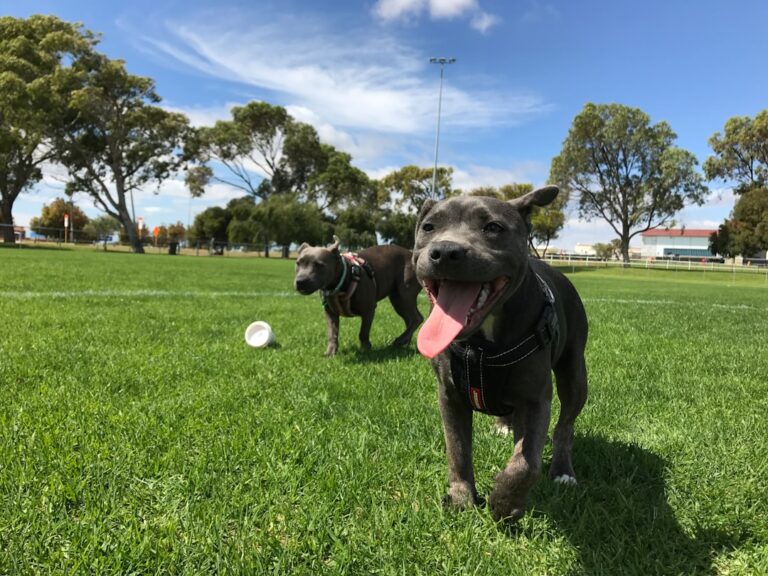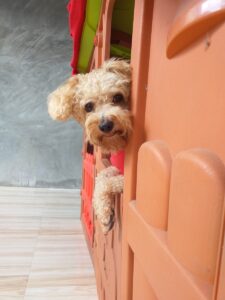Puppies are bundles of energy and curiosity, and their behavior can often be perplexing to new pet owners. Understanding the underlying motivations for a puppy’s actions is crucial for effective training and fostering a healthy relationship. Puppies are naturally inclined to explore their environment, which is a fundamental aspect of their development.
This exploration is driven by their instinctual need to learn about the world around them. For instance, a puppy may chew on furniture or shoes not out of malice but rather as a way to investigate textures and tastes. Recognizing this behavior as a natural part of their growth can help owners respond more appropriately.
Moreover, puppies communicate through a variety of behaviors, including barking, whining, and body language. A puppy that barks excessively may be trying to express excitement, fear, or a desire for attention. Understanding these signals is essential for addressing their needs effectively.
For example, if a puppy is whining while in a crate, it may be signaling discomfort or the need to relieve itself rather than simply seeking attention. By observing and interpreting these behaviors accurately, owners can create a more harmonious living environment and respond to their puppy’s needs in a constructive manner.
Key Takeaways
- Understanding puppy behavior is crucial for effective training and communication.
- Establishing a consistent routine helps puppies feel secure and understand expectations.
- Positive reinforcement training techniques, such as treats and praise, are effective for teaching desired behaviors.
- Socialization with other dogs and people is important for a well-rounded and well-behaved puppy.
- Setting boundaries and rules early on helps prevent future behavior problems.
- Addressing unwanted behaviors promptly and consistently is key to successful training.
- Patience and persistence are essential for training a puppy effectively.
- Seeking professional help from a trainer or behaviorist can provide valuable support and guidance if needed.
Establishing a Consistent Routine
Establishing a consistent routine is one of the most effective ways to help a puppy feel secure and understand what is expected of them. Puppies thrive on predictability, and a structured daily schedule can significantly reduce anxiety and behavioral issues. A typical routine might include set times for feeding, potty breaks, playtime, and training sessions.
For instance, feeding the puppy at the same time each day not only helps regulate their digestion but also reinforces the idea that certain activities occur at specific times. This predictability can be particularly beneficial during the critical early weeks of adjustment to a new home. In addition to feeding schedules, incorporating regular potty breaks into the routine is essential for house training.
Puppies have small bladders and may need to relieve themselves frequently, especially after eating or drinking. By taking the puppy outside at consistent intervals—such as first thing in the morning, after meals, and before bedtime—owners can help establish good habits and reduce accidents indoors. Furthermore, including playtime and training sessions in the daily routine not only provides physical exercise but also mental stimulation, which is vital for a puppy’s development.
A well-rounded routine fosters a sense of security and helps puppies learn boundaries and expectations more effectively.
Positive Reinforcement Training Techniques
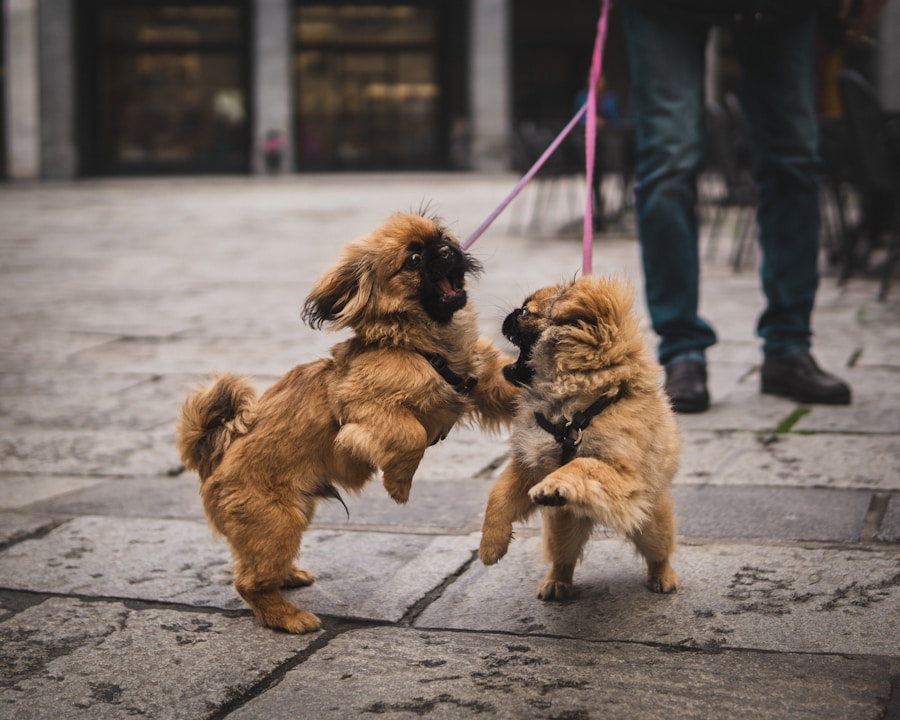
Positive reinforcement training techniques are widely regarded as the most effective and humane methods for teaching puppies desired behaviors. This approach involves rewarding puppies for good behavior rather than punishing them for undesirable actions. Rewards can take various forms, including treats, praise, or playtime, and they should be given immediately after the desired behavior occurs to create a clear association.
For example, if a puppy sits on command and receives a treat right afterward, they are more likely to repeat that behavior in the future. This method not only encourages learning but also strengthens the bond between the owner and the puppy. Incorporating clicker training into positive reinforcement techniques can further enhance the training process.
A clicker is a small device that makes a distinct sound when pressed, serving as a marker for good behavior. When used consistently, the clicker helps puppies understand exactly what action earned them a reward. For instance, if a puppy jumps up on someone but then sits down, clicking at the moment they sit reinforces that behavior as desirable.
Over time, puppies learn to associate the sound of the clicker with positive outcomes, making them more eager to engage in training sessions. This method fosters an environment of encouragement and motivation, allowing puppies to learn at their own pace while enjoying the process.
Socialization with Other Dogs and People
| Metrics | Results |
|---|---|
| Number of dogs socialized with | 15 |
| Number of people interacted with | 30 |
| Frequency of socialization per week | 4 times |
| Behavioral improvements observed | Increased confidence and reduced anxiety |
Socialization is a critical aspect of a puppy’s development that can significantly influence their behavior as adults. Exposing puppies to various environments, people, and other animals helps them become well-adjusted and confident companions. Early socialization should begin as soon as possible—ideally between three and fourteen weeks of age—when puppies are most receptive to new experiences.
This exposure can include visits to parks, pet-friendly stores, or even organized puppy classes where they can interact with other dogs in a controlled setting. When socializing with other dogs, it is essential to ensure that interactions are positive and safe. Supervised playdates with vaccinated dogs can help puppies learn appropriate social cues such as play bowing or taking turns during playtime.
Additionally, meeting different people—children, adults, and individuals wearing hats or sunglasses—can help reduce fear or anxiety around unfamiliar faces later in life. The goal of socialization is not just to expose puppies to new experiences but also to teach them how to respond appropriately in various situations. A well-socialized puppy is more likely to grow into a confident adult dog who can navigate different environments without fear or aggression.
Setting Boundaries and Rules
Setting boundaries and rules is an essential component of responsible puppy ownership that helps establish clear expectations for behavior. Puppies thrive when they understand what is acceptable and what is not; therefore, it is crucial for owners to be consistent in enforcing these rules. For example, if jumping on furniture is not allowed, it should be consistently discouraged every time it occurs.
Inconsistency can lead to confusion for the puppy, making it difficult for them to learn what behaviors are acceptable. When establishing rules, it is important to communicate them clearly and positively. Instead of simply saying “no” when a puppy engages in unwanted behavior, owners should redirect them towards an appropriate alternative.
For instance, if a puppy is chewing on shoes, providing them with a designated chew toy can help reinforce what they are allowed to chew on instead. Additionally, using commands such as “off” or “leave it” can help guide puppies away from undesirable actions while promoting positive behaviors simultaneously. By setting clear boundaries and consistently reinforcing them, owners can create an environment where puppies feel secure and understand their place within the household.
Addressing Unwanted Behaviors

Addressing unwanted behaviors in puppies requires patience and understanding rather than frustration or punishment. Common issues such as excessive barking, chewing on inappropriate items, or jumping up on people can often be mitigated through proactive training strategies. For example, if a puppy barks excessively when left alone, it may be due to separation anxiety or boredom.
Providing engaging toys or puzzles can help keep them occupied while also teaching them that being alone is acceptable. Another effective strategy for addressing unwanted behaviors is redirecting the puppy’s focus onto more appropriate activities. If a puppy is prone to chewing on furniture or shoes, offering them an enticing chew toy can shift their attention away from destructive habits.
Additionally, teaching commands like “leave it” or “no” can help interrupt unwanted behaviors in real-time while guiding them toward acceptable alternatives. Consistency in addressing these behaviors is key; owners should remain calm and persistent in their efforts to correct unwanted actions without resorting to negative reinforcement.
Patience and Persistence in Training
Training a puppy is not an overnight process; it requires patience and persistence from both the owner and the puppy. Each dog learns at its own pace, influenced by factors such as breed characteristics, individual temperament, and prior experiences. Some puppies may grasp commands quickly while others may take longer to understand what is expected of them.
It is essential for owners to remain patient during this learning curve and avoid expressing frustration when progress seems slow. Persistence is equally important in reinforcing training efforts over time. Regular practice sessions—short but frequent—can help solidify learned behaviors while keeping training enjoyable for both parties involved.
Incorporating play into training sessions can make learning feel less like work and more like fun for the puppy. For instance, using games like fetch or hide-and-seek can reinforce commands while providing physical exercise and mental stimulation. By maintaining a positive attitude and consistently working with their puppy, owners can foster an environment conducive to learning that ultimately leads to successful training outcomes.
Seeking Professional Help if Needed
While many owners successfully train their puppies using the methods outlined above, there are instances where seeking professional help may be necessary. If a puppy exhibits severe behavioral issues such as aggression towards people or other animals or displays signs of extreme anxiety or fearfulness, consulting with a professional dog trainer or behaviorist can provide valuable insights and strategies tailored to the specific situation. These experts possess specialized knowledge about canine behavior and can offer guidance on effective training techniques that may not be apparent to novice owners.
Additionally, enrolling in obedience classes led by certified trainers can provide structured learning opportunities for both puppies and their owners. These classes often focus on socialization skills while teaching basic commands in a group setting, allowing puppies to learn alongside their peers. Professional trainers can also offer personalized advice based on individual challenges faced by each owner-puppy duo.
Ultimately, recognizing when professional assistance is needed demonstrates responsible pet ownership and commitment to ensuring the well-being of both the puppy and its human family members.





